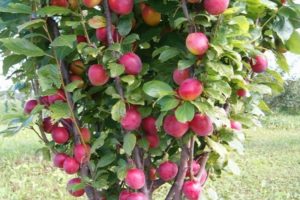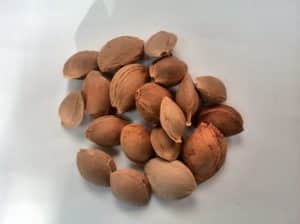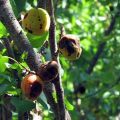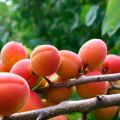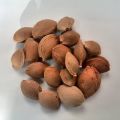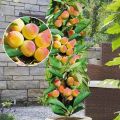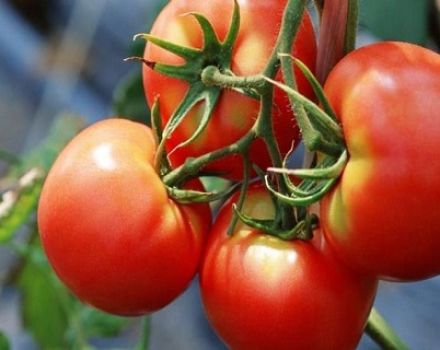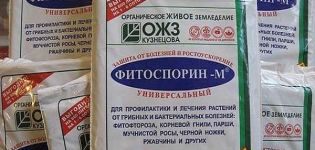Description, characteristics and cultivation of apricot Khabarovsk, its advantages and disadvantages of the variety
The variety of fruits on store shelves will never be compared to those grown on the site. Apricot Khabarovsk has a positive reputation. It is famous among summer residents for the fact that it ripens early, so it is not afraid of the early autumn cold. In addition, he still has a lot of advantages for which he is loved. Every gardener can evaluate the variety.
Variety history
The species has been known in the circle of gardeners for many years, its popularity is growing every year. This is due to the fact that gardeners themselves recommend it to each other. Not just the manufacturer. It was bred in the Far Eastern Branch of the Research Institute of Agriculture.
Its author is G. T. Kuzmin. The variety was obtained by pollination of two varieties of apricot:
- Michurinsky.
- Red-cheeked.
The resulting variety of culture was quickly spread across the regions. The variety was especially popular in the southern regions. But the northerners also argue that the ovary does not fall off the flowers, there is the possibility of growing it in cold climatic conditions.
Description
If the summer resident is interested in growing a crop on the site, he is looking for a detailed description of the variety. It will help in making the final decision.
Apricot Khabarovsk has the following properties:
- the beginning of fruiting occurs in the 4th-5th year;
- does not tolerate transportation;
- partially self-fertile;
- drought-resistant;
- has immunity to certain diseases;
- fruiting is stable, without interruption;
- average winter hardiness.
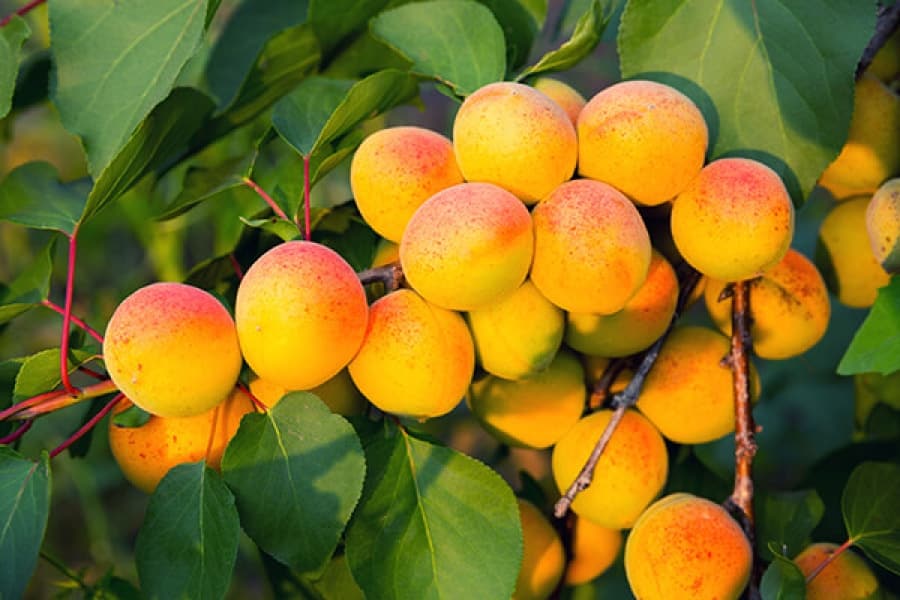
Gardeners have found a way out of the situation, grafting cuttings of winter-hardy varieties or covering the trunk and trunk circle in the winter will help the plant survive the winter.
The positive properties that the Khabarovsk apricot possesses make it a favorite in many gardens.
Specifications
The characteristic features of the Khabarovsk apricot make it possible for the gardener to understand whether a tree is needed on the site or whether it is worth looking for another variety.
The tree is large, grows up to 5 m. The crown reaches 4.5-5 m in width, not thickened. The trunk and branches are covered with white longitudinal stripes.
The Khabarovsk apricot variety has fruits weighing up to 30 g, conical in shape. The skin is pubescent, pale yellow in color. The stone is quite small, easily separated from the pulp, the nucleolus is not bitter. The taste is excellent. The fruits are used for any way of harvesting for the winter.
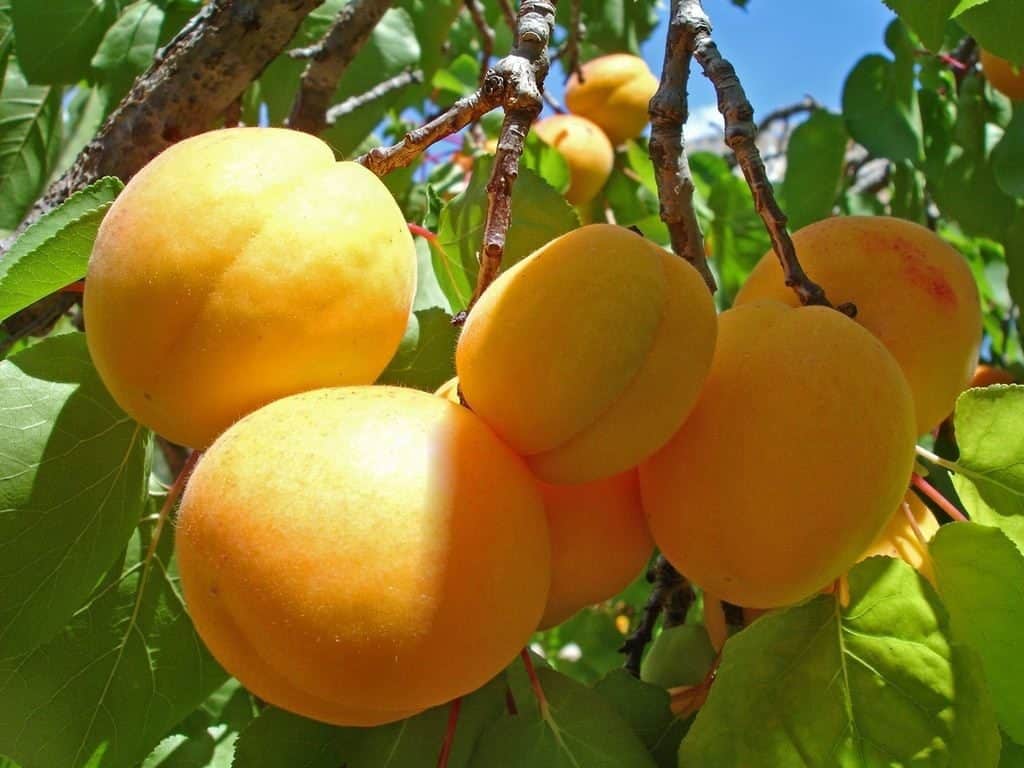
Drought resistance, winter hardiness
The tree is drought-resistant and tolerates waterlogging normally. It is enough to water an adult plant once a month, this will be enough for him. Frost resistance is good, the buds do not freeze and fall off with the arrival of heat.
Pollination, flowering and ripening times
Apricot Khabarovsky is partially self-fertile, but for best results it is recommended to plant pollinating trees nearby. This will increase the yield. Flowering occurs in the second decade of May or the first decade of June, depending on the growing region. Large flowers form on 2-3 year old shoots. Ripening also ranges from late July to early August.
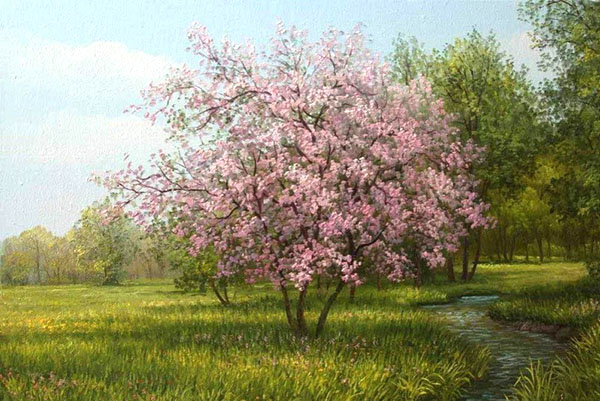
Productivity, fruiting
Subject to all cultivation standards and agrotechnical requirements, the yield is 36-40 kg. Fruiting is stable, does not depend on external factors, only the number of fruits increases.
Disease and pest resistance
It has an average degree of resistance to many diseases, not susceptible to clotterosporia and moniliosis. Treatment is required against pests.
Advantages and disadvantages of the variety
Positive and negative characteristics help the gardener decide whether this species is needed for growing or not.
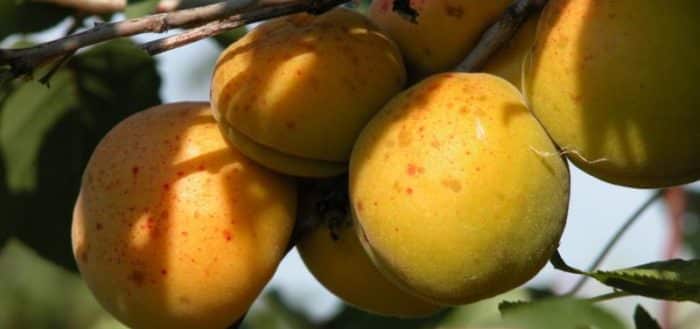
Pros:
- average immunity;
- unpretentiousness;
- excellent fruit taste and versatility;
- the stone is easily separated, which has a tasty, not bitter nucleolus.
Minuses:
- poorly transported.
The gardener will evaluate all other features of the apricot variety on his own after planting a tree on the site.
Landing features
A properly planted tree will yield an excellent harvest and will resist disease. Meeting planting requirements will help you avoid growing problems.
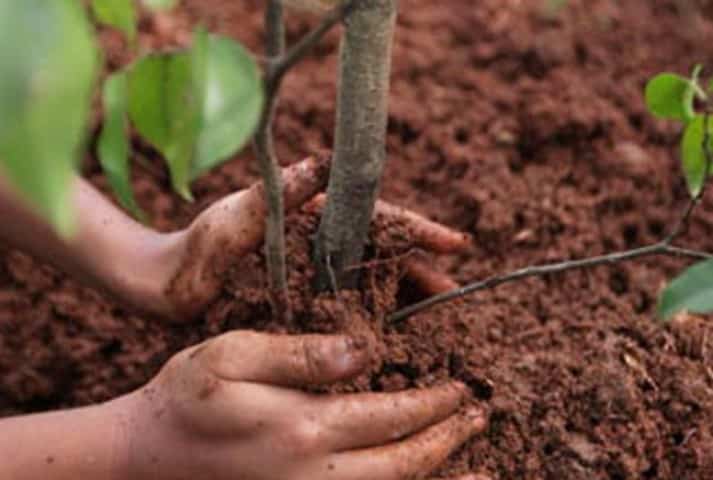
Timing
The trees are planted before the buds wake up in the spring, being careful not to damage the root system.
Seat selection
The site is selected in the sun, preferably closed from a draft. A place on a hill is suitable. From soils, Khabarovsk apricot prefers light loam.
What can be planted next to
You should not plant bushes of raspberries and currants next to a tree, apricot does not tolerate such a neighborhood. It does not mind if tulips, daffodils and other bulbous flowers that fade early are planted in the trunk circle.
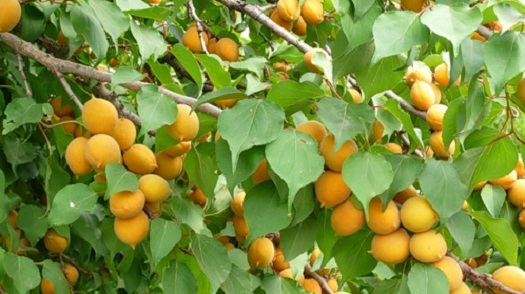
Selection and preparation of planting material
Ideal seedling height:
- 1 year old 70 cm;
- 2-year-old 90 cm.
Plants are purchased in specialized stores or from trusted people. The seedling does not need special preparation before planting.
Care
After the seedling is planted, it is cut to 1/3 of its length. The next year, the branches are also shortened. Water once every 7 days until the tree takes root. Then 2-3 times a month. After the trunk circle is loosened, this will retain moisture and provide oxygen to the roots. The first 5 years are fed 2 times a year, in spring and autumn. Subsequent years 3 times, adding one top dressing in the middle of summer.
Diseases and pests
Subject to the rules of planting and care, the tree fights diseases and pests on its own. As a safety net, gardeners process apricots in spring and autumn along with the rest of the trees. Before flowering, they use chemical preparations, after folk methods. Apricot Khabarovsk is an excellent variety for many regions, if all the subtleties are observed, the gardener will receive a bountiful harvest.
